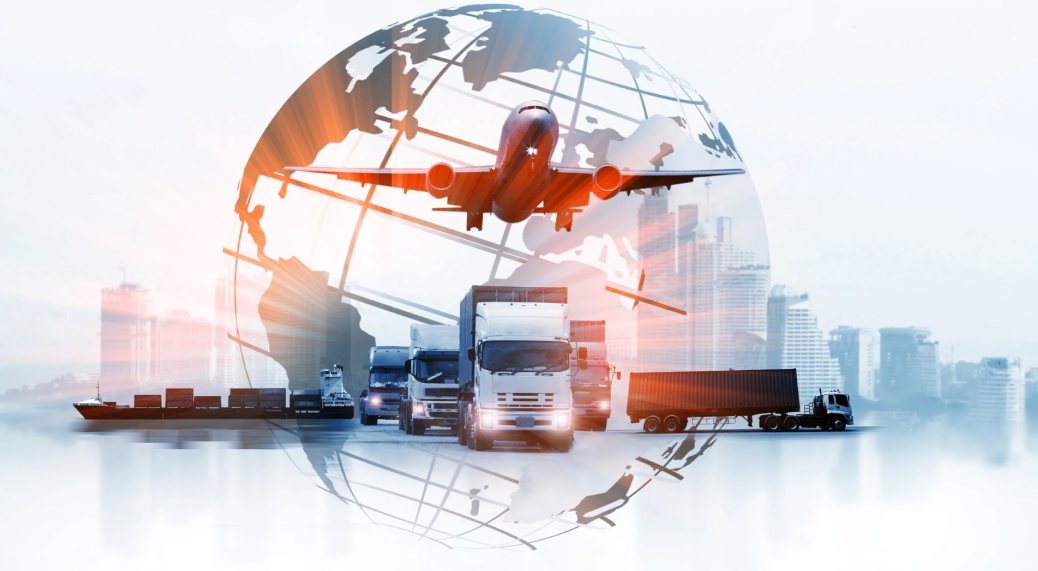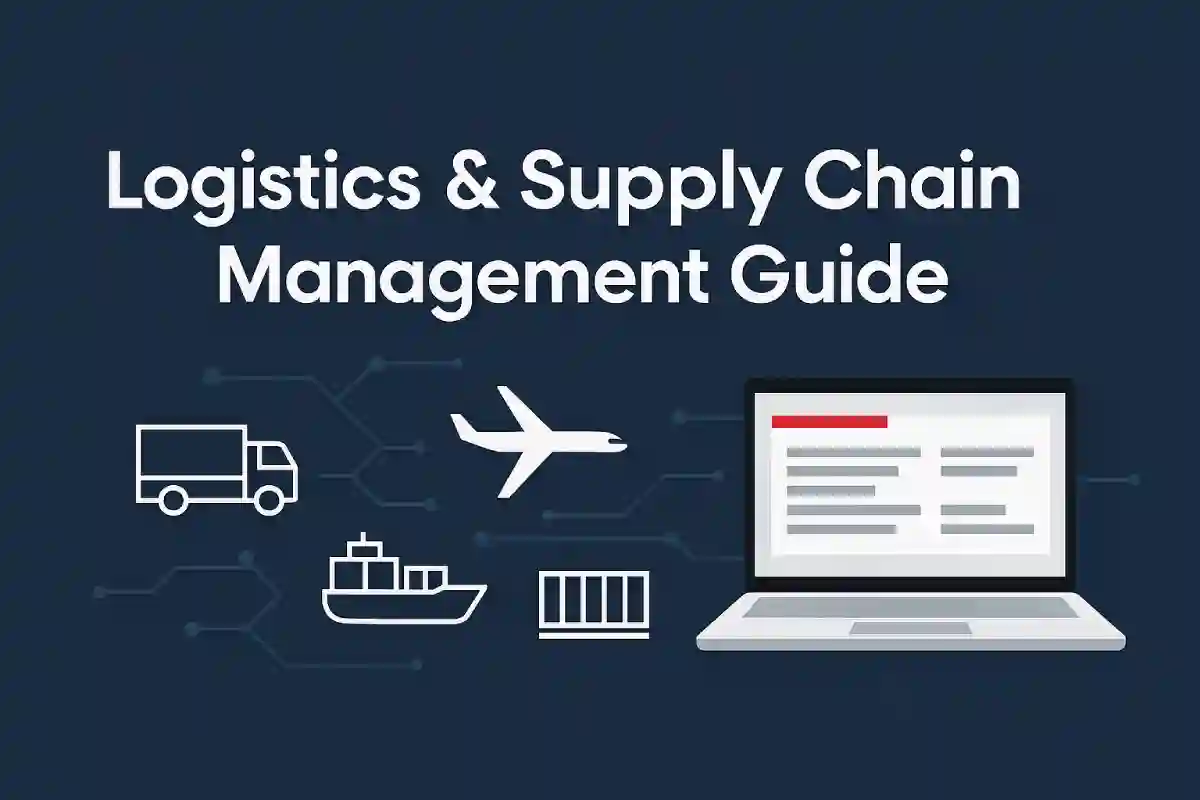.webp)
Choosing the right freight forwarding partner can make or break your logistics operation. In an era where global supply chains face volatility from geopolitical shifts, climate events, and port congestion, selecting a reliable, tech-savvy, and well-connected forwarder is more critical than ever. Beyond price and transit time, factors like customs expertise, infrastructure, and digital support determine whether your goods move on time—or get stuck in customs limbo.
In this guide, we’ll walk through what truly matters when selecting a freight forwarder, using industry benchmarks and real-world examples to help you make an informed choice.
1. Global Reach and Trade Lane Expertise
Global coverage isn’t just about having offices around the world—it’s about knowing how to operate in each market. A quality forwarder understands the nuances of your key trade lanes, including transit time variability, port-specific handling rules, and regional regulations. For example, ocean shipments from East Asia to Northern Europe often face delays around the Suez Canal or Rotterdam port during peak congestion months. A forwarder that proactively reroutes through alternative ports like Gdańsk or Antwerp can save days or even weeks.
Choose a forwarder that has long-standing relationships with local carriers, terminal operators, and customs authorities in the regions you serve. Bonus points if they maintain bonded warehouses or consolidation hubs near major ports or airports in those regions.
2. Digital Capabilities and Visibility
Digital maturity has become a major differentiator in the freight forwarding space. Modern forwarders go far beyond spreadsheets and phone calls—they offer real-time shipment visibility, document automation, and full transparency across every touchpoint. This kind of digital integration significantly reduces manual errors and saves internal resources. In our times, this is what you should expect from your freight forwarder:
- Online booking and instant quotes
- Real-time shipment tracking
- Automated document generation
- Centralized dashboards
For instance, generative AI can reduce the lead time for creating documentation by as much as 60%, thanks to features like automatic document generation, error detection, and correction handling. This not only speeds up workflows but also cuts down on human errors and reduces the workload of logistics coordinators by 10–20%. When evaluating a forwarder, prioritize those with digital portals offering real-time shipment tracking, automated alerts (e.g. customs or weather delays), API integrations with your TMS/ERP, and centralized access to shipment documents.
In today’s market, digital visibility isn’t a bonus—it’s a baseline.
3. Regulatory and Customs Knowledge
A great forwarder is also your compliance partner. They ensure your shipments adhere to international trade regulations, which vary by country, cargo type, and transport mode. For example, exporting dual-use goods (civilian and military applications) requires licenses, and importing electronics into the EU must comply with CE certification standards.
Experienced forwarders accurately classify goods using Harmonized System (HS) codes, calculate duties and VAT, and flag Incoterm risks. They also prepare country-specific documents like Certificates of Origin, EUR.1 forms, and phytosanitary certificates when needed. Whether you’re importing textiles into the U.S. or shipping foodstuffs across the EU, their regulatory expertise minimizes the risk of inspection delays, customs seizures, or fines. Don’t overlook this—non-compliance can cost far more than shipping.
4. Industry-Specific Experience
Shipping pharmaceuticals isn’t the same as shipping automotive parts or perishable goods. If your cargo demands temperature control, just-in-time delivery, or ADR compliance (for hazardous materials), you need a forwarder who’s been there, done that.
For instance, cold chain logistics requires continuous temperature logging and contingency planning in case of delays. In contrast, heavy industry cargo may need special permits, route surveys, and escort vehicles. Ask for case studies or references from clients in your vertical—proven expertise in your sector can save you countless hours of trial and error.
5. Transparent Pricing and SLAs
Choosing the cheapest quote may feel right initially—but freight forwarding costs are layered and often non-transparent. Reputable forwarders provide a clear breakdown of all cost components, including freight rates, fuel surcharges, terminal handling charges, security fees, documentation costs, and customs brokerage. Watch for hidden fees like port congestion surcharges or after-hours delivery charges that may not appear on the first quote.
Service Level Agreements (SLAs) are equally important. They establish expectations around communication response times, shipment visibility, delay notifications, and claims handling. An SLA that defines accountability and turnaround time for each stage of the shipment ensures you’re not left guessing when things go wrong. Transparency builds trust—and makes cost planning far more predictable.
Forwarder Evaluation Checklist
Use this practical checklist when evaluating freight forwarding providers:
- Coverage in your main shipping regions
- Proven experience with your cargo type or industry
- Access to digital tracking portals or API integration
- In-house customs brokers or compliance team
- Transparent, itemized pricing structure
- 24/7 customer service or local agent network
- SLA coverage for transit time, support, and claims
If a forwarder can’t answer these questions confidently or dodges cost-related details, consider it a red flag.
Final Thoughts
A freight forwarder is more than just a logistics provider—they’re your partner in navigating the complexity of global trade. From optimizing routes and managing compliance to digitizing documentation and handling last-mile execution, the right forwarder reduces friction and amplifies your supply chain resilience.
Whether you’re a seasoned logistics manager or exploring international shipping for the first time, choosing a forwarder with the right capabilities, values, and visibility tools is a decision that directly impacts your bottom line.




